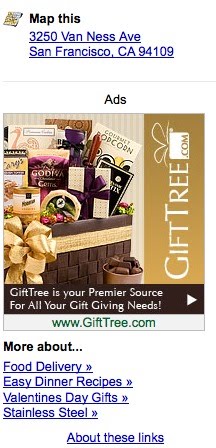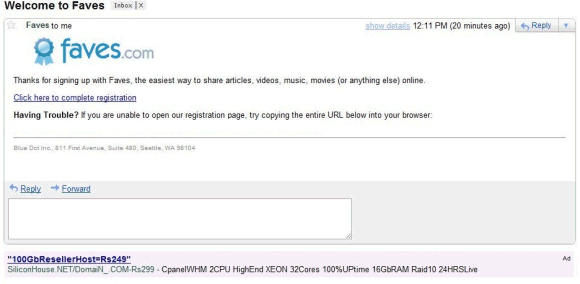 In June 2000
In June 2000, Google became the default search engine provider for Yahoo. The agreement
lasted until 2004, when Yahoo launched its own search engine. Yahoo realized that you can actually make money from search, so it acquired Overture, a company specialized in pay-per-click advertising that also owned two search engines: AltaVista and AlltheWeb. Unfortunately for Yahoo, it moved too slowly and Google became the leader in both search and PPC advertising.
Yahoo's decision to temporarily
outsource some of its search ads to Google was predictable, especially after
the two-week test from April. Instead of being acquired by Microsoft, Yahoo chose to partner with a company that has a better search ads system.
"Under the terms of the agreement, Yahoo! will select the search term queries for which - and the pages on which - Yahoo! may offer Google paid search results. (...) Yahoo! believes that this agreement will enable the Company to better monetize Yahoo!'s search inventory in the United States and Canada. At current monetization rates, this is an approximately $800 million annual revenue opportunity. In the first 12 months following implementation, Yahoo! expects the agreement to generate an estimated $250 million to $450 million in incremental operating cash flow. The agreement will enhance Yahoo!'s ability to achieve its goal to grow operating cash flow significantly, while at the same time providing flexibility to continue to invest in ongoing initiatives such as algorithmic search innovation and search and display advertising platforms. It gives Yahoo! complete flexibility to continue to use its Panama paid search results."
Yahoo gets a lot of value from this deal and is no longer pressured by investors to significantly improve the search ads. Even if the agreement has a term of up to ten years, I think this is a short-term deal and Yahoo is more motivated than ever to succeed on its own.
Google Blog is quick to announce that this isn't an anti-competitive move. "Yahoo! will remain in the business of search and content advertising, which gives the company a continued incentive to keep improving and innovating. Even during this agreement, Yahoo! can use our technology as much or as little as it chooses." Since the agreement is non-exclusive and Yahoo won't drop the search ads services, it's unlikely that the U.S. Department of Justice will block the deal.
In other related news, Google Talk users have a reason to rejoice. "Yahoo! and Google agreed to enable interoperability between their respective instant messaging services, bringing easier and broader communication to users." Hopefully, this will actually happen, since the previous agreements with AOL and eBay didn't produce any visible effect and there's still no interoperability with AIM and Skype.
Related:
Search, ads, Yahoo and MicrosoftCould Google save Yahoo from Microsoft?Yahoo tests Google's search adsUpdate:
Google Watch has some interesting quotes from the conference call. "We began by saying 'Is there a partnership that would make sense? Is there one that is strategic to both companies and in particular a partnership that would allow Yahoo to remain independent," said Eric Schmidt. "Then Schmidt turned cloak-and-dagger like, noting that the executives met in an
empty building that Google owned in an unknown and unfindable location for most of us. Apparently, Yang, Schmidt, Yahoo's Sue Decker and others showed up, sometimes on bicycles."






























